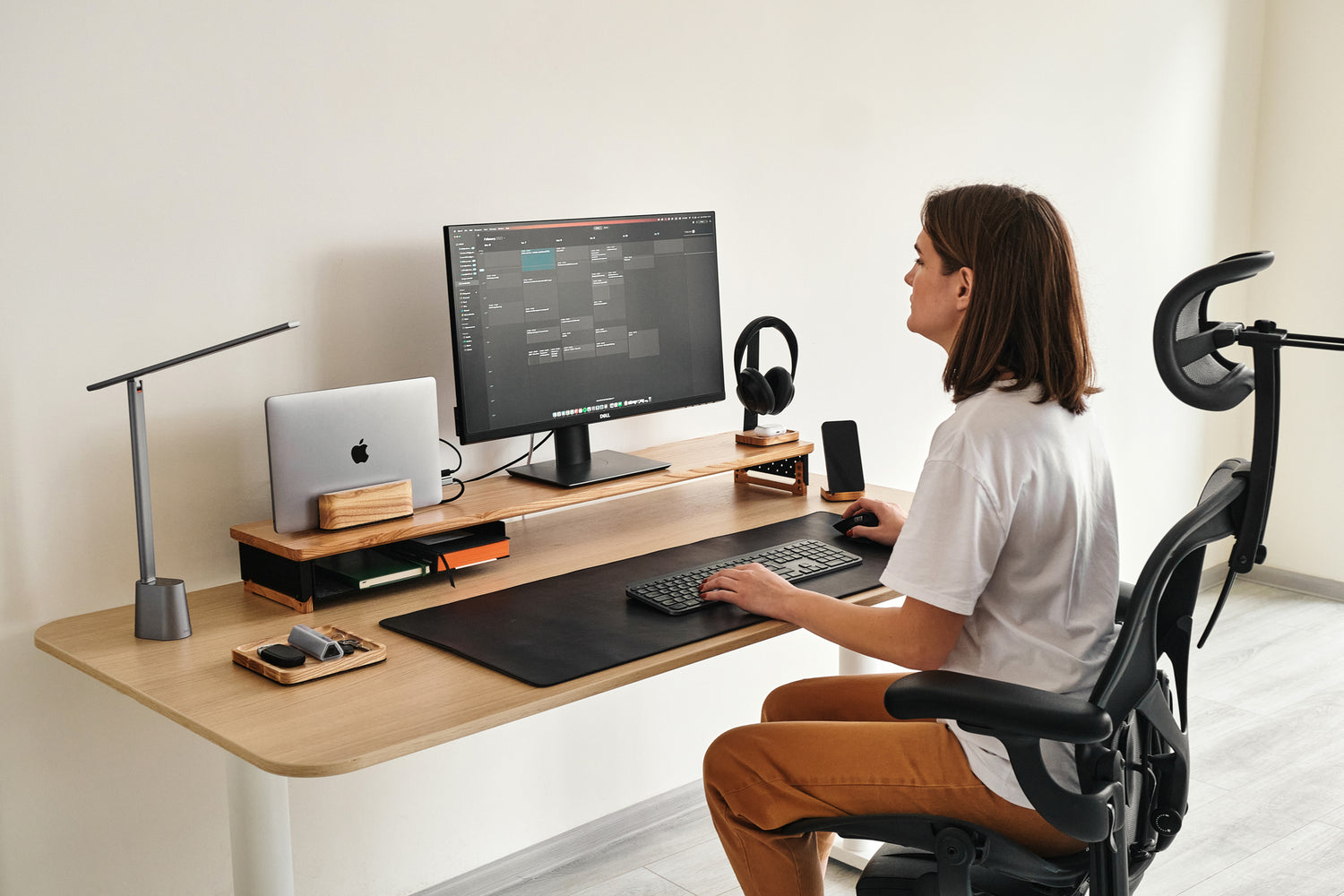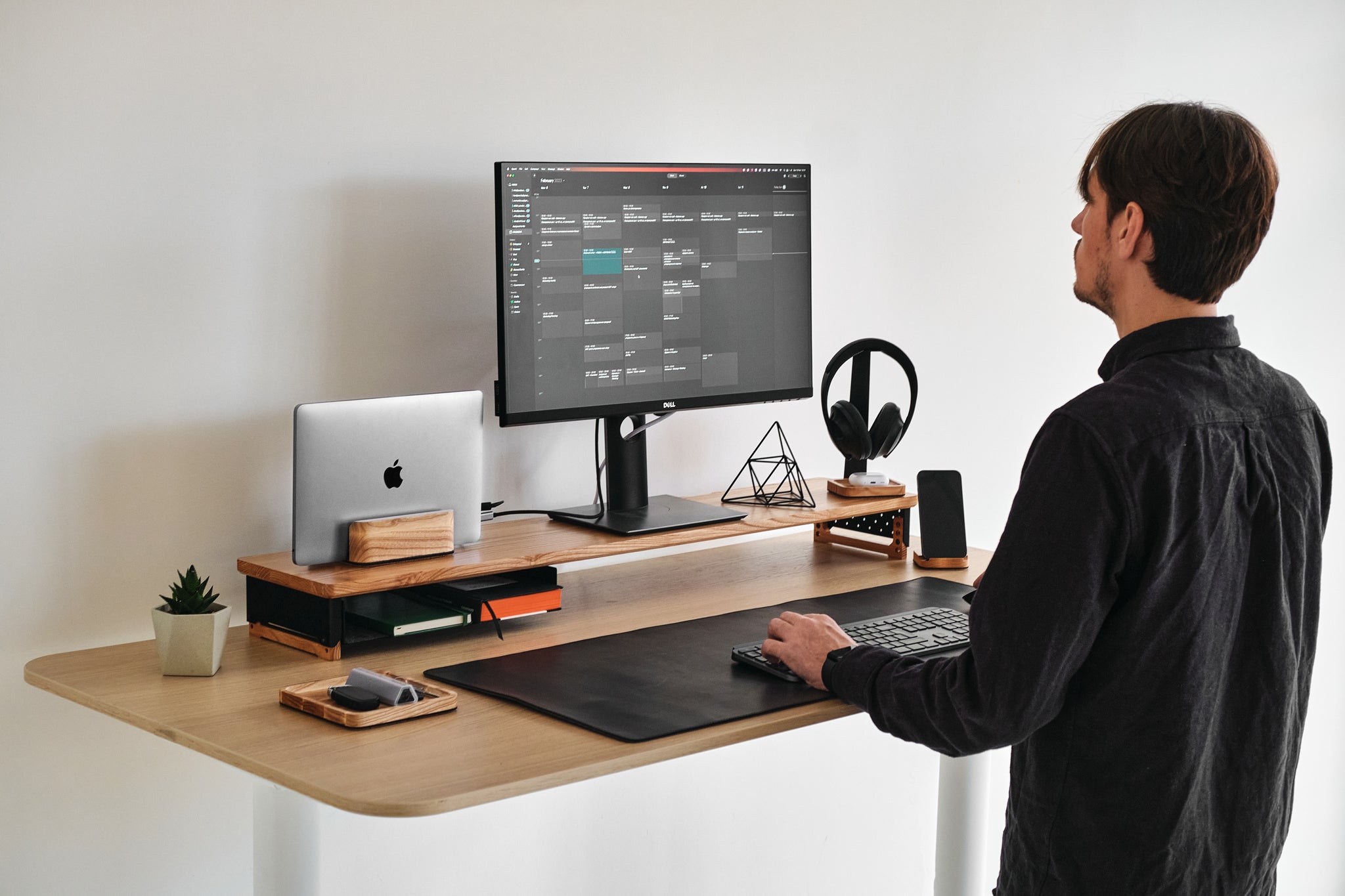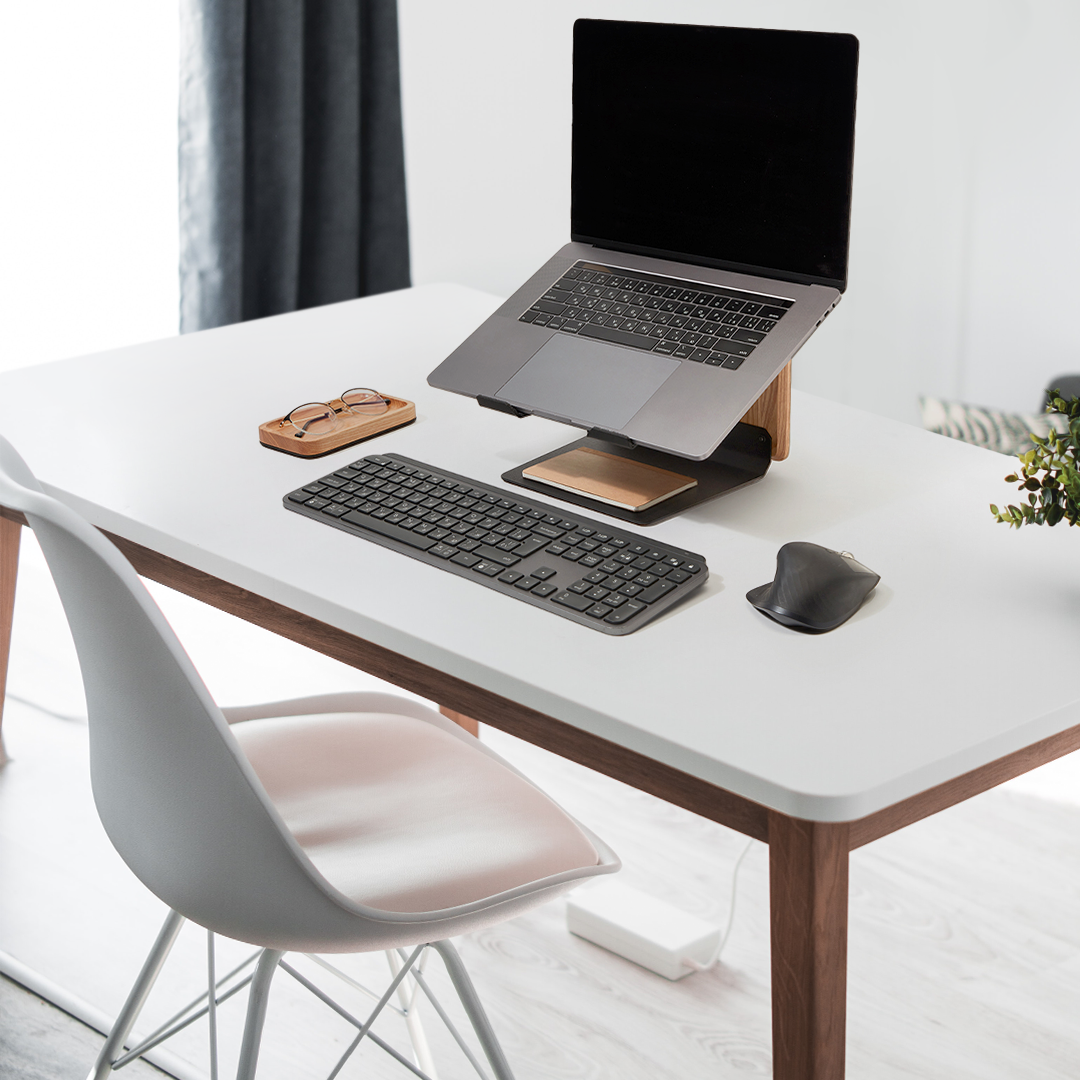As the number of people working remotely continues to grow, it's important to be aware of the potential health risks that can come with this type of work arrangement. While working from home can have its benefits, such as flexibility and the ability to create a comfortable workspace, it can also lead to a number of health issues if not properly managed.
One of the biggest health risks of remote work is a lack of physical activity. When you're sitting at a desk all day, it's easy to become sedentary, which can lead to a range of health problems including obesity, heart disease, and back pain. To combat this risk, it's important to make an effort to get up and move around regularly. This could mean taking breaks to stretch, going for a walk during lunch, or even setting up a standing desk.
Another health risk of remote work is poor ergonomics. When you're working from home, you might not have access to the same ergonomic equipment and support that you would in a traditional office setting. This can lead to issues like neck and back pain, as well as eye strain and other vision problems. To address this risk, it's important to set up your workspace in a way that promotes good ergonomics. This could include using a laptop stand to bring your computer screen to eye level, investing in a comfortable chair, and taking regular breaks to give your eyes a rest.
Finally, remote work can also lead to social isolation and mental health issues. When you're not interacting with colleagues in person, it can be easy to feel disconnected and lonely. This can lead to issues like depression and anxiety. To combat this risk, it's important to make an effort to stay connected with your coworkers and to prioritize self-care. This could include setting up virtual coffee breaks, scheduling regular check-ins with a supervisor, and taking breaks to engage in activities that you enjoy.
In conclusion, remote work can come with a range of health risks, including a lack of physical activity, poor ergonomics, and social isolation. By being aware of these risks and taking steps to address them, you can help ensure that your remote work experience is healthy and productive.




Leave a comment
This site is protected by hCaptcha and the hCaptcha Privacy Policy and Terms of Service apply.